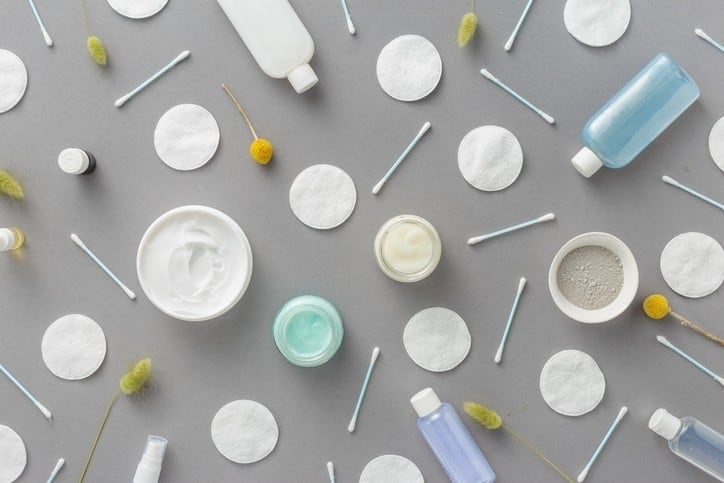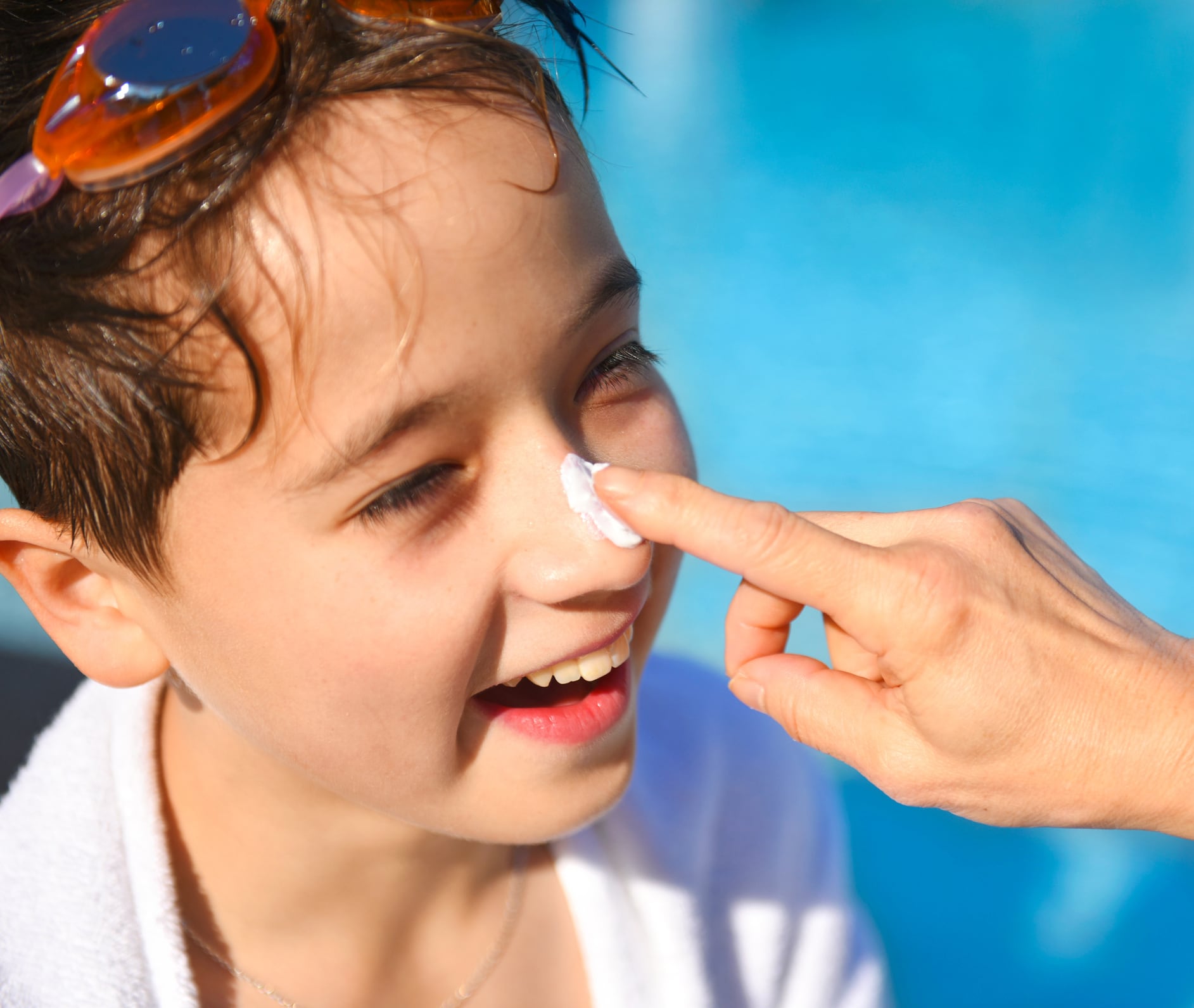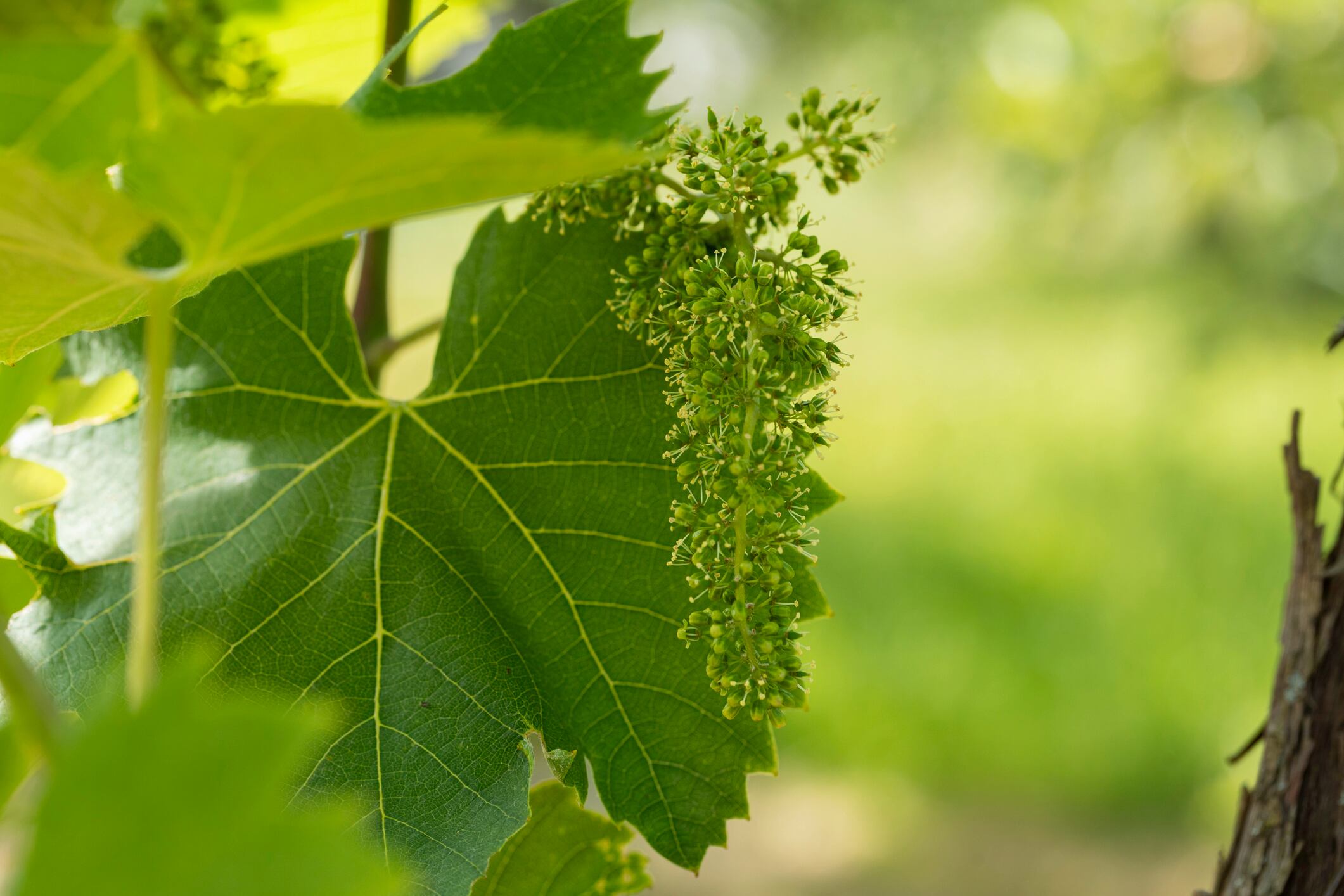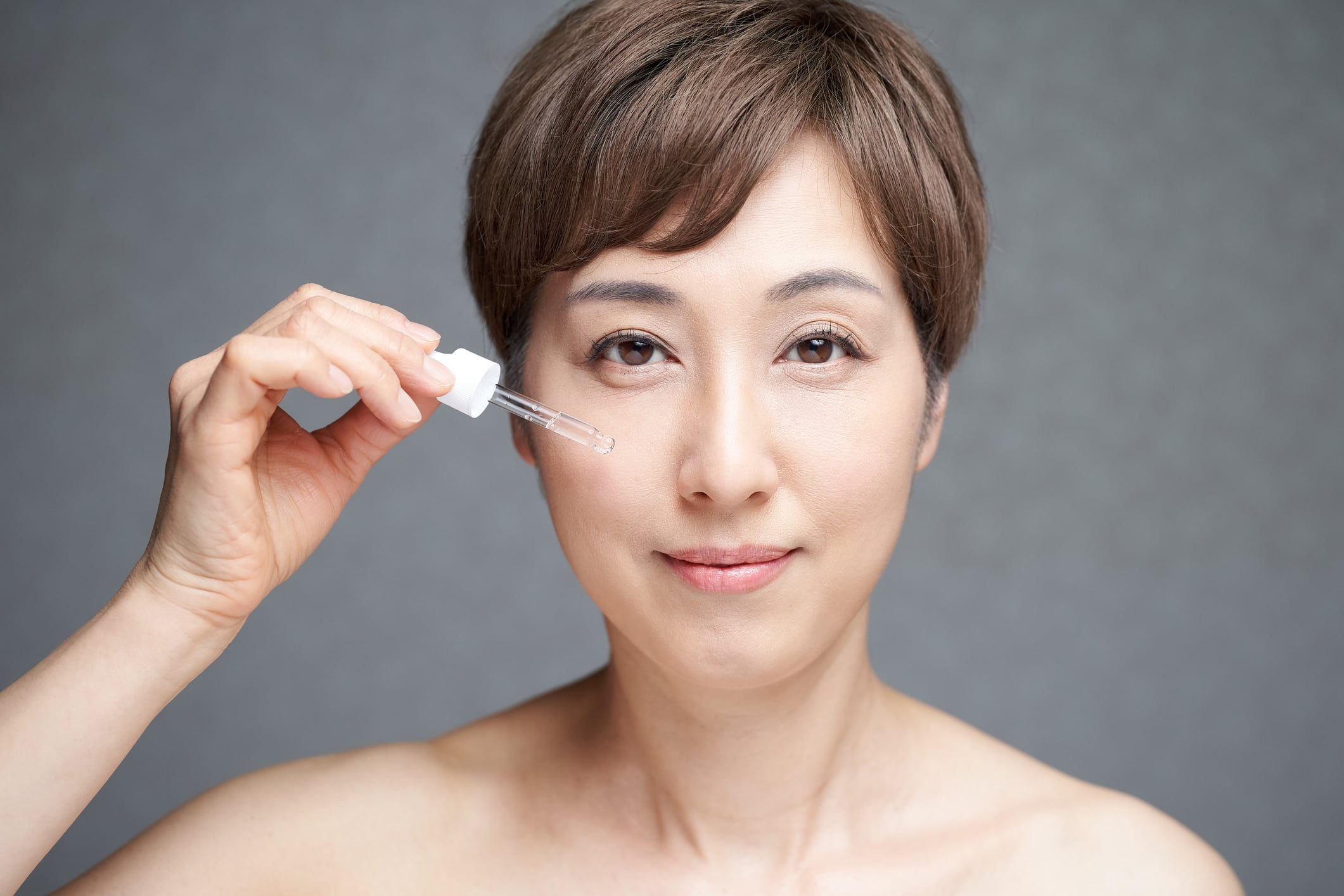Peony root extract a novel approach to brightening, anti-ageing skin care: Japan study
New research has identified peony root extract (PRE) as a multifunctional cosmetic ingredient that can inhibit the interaction between advanced glycation end products (AGEs) and their receptor (RAGE).
The study, conducted at Ichimaru Pharcos Co Ltd in Motosu, Japan, found that PRE not only blocked biochemical pathways linked to dull, uneven skin tone, but also delivered visible improvements in a human clinical trial after two weeks of topical application.
The authors noted that this was the first report to show that PRE could control AGE-RAGE signalling and reduce glycation-related dullness.
Prunus cerasifera extract found to be stable, safe antioxidant in creams: Thai study
A new study in Thailand has named a specific ethanolic plum leaf extract as a potentially stable, safe antioxidant for use in topical creams to soothe skin irritation.
Among three plum species studied, Prunus cerasifera (cherry plum, CL) extract delivered the best balance of tannin content, antioxidant activity, and bioactive retention, despite being more temperature-sensitive than other species.
When incorporated into a cream, the extract proved physically and chemically stable, showed enhanced cutaneous retention, and was confirmed safe for human use with no signs of irritation.
Honeysuckle flower nanoemulsions show antioxidant, anti-ageing properties: Thai study
Honeysuckle flower (Lonicera japonica Thunb.) extract, formulated into low-energy nanoemulsions with polyglycerol fatty acid esters, offers a sustainable and effective platform for skin health applications, according to new research from Thailand.
Honeysuckle, used in traditional Chinese medicine under the name Jinyinhua, is valued for its anti-inflammatory and anti-microbial properties.
This study, conducted by researchers at Mae Fah Luang University and Chiang Mai University, reported that the extract was rich in phenolic and flavonoid compounds, with strong antioxidant properties.
Japan study highlights cosmetic and therapeutic potential of multifunctional PEG lipid
A multifunctional ingredient, polyethylene glycol (PEG) 23 glyceryl distearate (GDS-23), has shown to enhance skin barrier function, moisture retention, and antioxidant activity, according to a new study by researchers at Showa Medical University.
The research found that GDS-23 activated key molecular pathways in skin cells and a three-dimensional epidermal model, leading to higher expression of proteins critical for hydration and structural integrity.
This showed that it was not only a delivery material, but also a skin-supporting agent that could directly promote epidermal health.
New-gen Winona cream shown to reduce neurovascular hyper-reactivity in sensitive skin
A moisturising cream has demonstrated superior efficacy in alleviating pruritus, erythema, and neurovascular hyper-reactivity in people with sensitive skin, according to a new study in China.
The control cream was Winona Sensitive Moisturising Special Care Cream (first generation), while the experimental cream was a second-generation version of the same product, but with four additional active ingredients: prinsepia utilis Royle polysaccharides, physalis alkekengi calyx extract, salvia miltiorrhiza root extract, and porphyridium cruentum extract.
The study, conducted by researchers Kunming Medical University, found that the experimental cream not only improved skin barrier function but also reduced nerve sensitivity and inflammation — two areas often overlooked in sensitive skin treatments.





